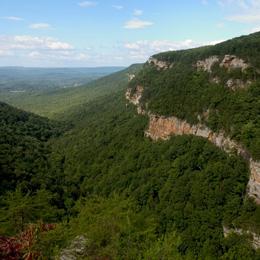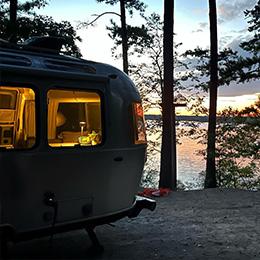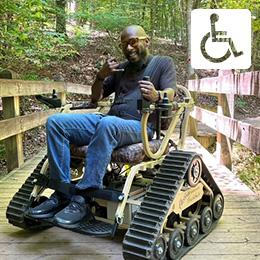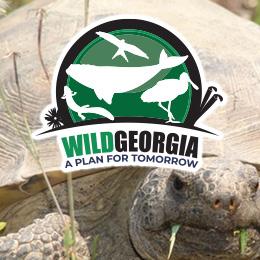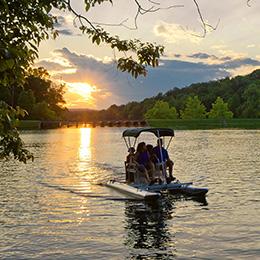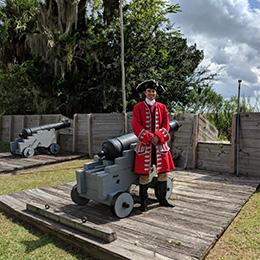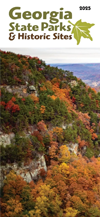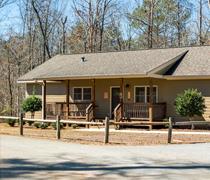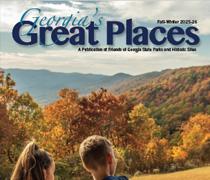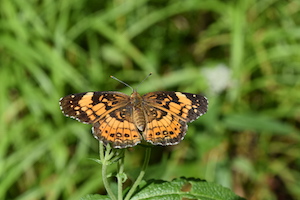
Creating habitat for wildlife in your backyard means you won’t have to go far to enjoy nature and can help wildlife thrive too!
Suitable habitat for many species is declining, especially in urban and suburban areas. In addition to losing natural spaces to development, roads break up habitat and make travel more dangerous for wildlife as they search for necessities. Wildlife need food, water, shelter, and places to raise young—each within an animal’s home range. Providing one or all of these necessities in your backyard can help wildlife survive in urban and suburban habitat.
Learn how to create quality habitat for wildlife in your backyard. Even small habitat improvements can make a big difference for wildlife! When combined with the efforts of your neighbors and others in your community, you can provide all the resources wildlife need to survive.
What Do Wildlife Need to Survive?
Food
Native plants provide the best nutrition for wildlife. These plants produce nuts, fruit, seeds, or nectar wildlife use as a food source.By planting certain native plants, you can attract specific wildlife species or groups, like songbirds, hummingbirds, butterflies, or insect-eating bats.
Give space for existing native plants to grow by removing invasive, exotic vegetation, like autumn olive, bamboo, Chinese privet, English ivy, mimosa, and nandina. Invasive, exotic vegetation can outcompete native plants and do not provide quality nutrition for wildlife. Because native vegetation has adapted to local conditions, it requires less maintenance than exotic plants once established.
Birdfeeders can draw in a variety of songbirds but should only be used to the natural foods in your habitat. Find a native plant nursery near you.
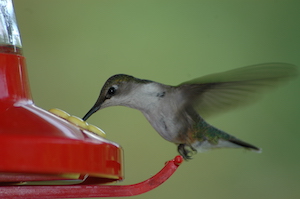
Water
Like humans, wildlife needs clean water for drinking and bathing. If you don’t have a natural source of water on your property, you can add a birdbath, puddle or small pond. Small ponds or puddles can provide habitat for amphibians.
Creating a rain garden can provide a clean water source for wildlife and help reduce stormwater pollution.
Shelter/Places to Raise Young
The vegetation, dead trees, and logs in your yard can provide shelter for many species of wildlife, as well as nesting sites for birds. However, some wildlife have specific shelter or nesting requirements to raise their young. Consider adding a bird nest box, bat house, pollinator nesting box, or brush or rock pile to your backyard habitat.
Keep in mind that creating habitat for certain animals, like songbirds, can invite some unintended visitors, like raccoons or foxes. Seeing a variety of wildlife is a sign of healthy habitat and demonstrates a functioning food web. However, conflicts between people and wildlife can happen. Learn how to prevent and resolve conflicts with wildlife.
Georgia Wild Yards Program
New Program – Check Back Soon for Updates!
Traditional lawns are poor habitat for wildlife. Want to provide better habitat for wildlife in your yard? Consider mowing less, ditching chemical treatments and planting native plants. Urban/suburban areas can provide important habitat for wildlife if we keep Georgia’s Yards Wild. Worried what your neighbors might think? Put up a sign and encourage everyone to do their part to help the birds, bees and butterflies!
Check out these initiatives for more information about healthy pollinator yards:
Georgia Pollinator Partnership
The Pollinator Partnership Bee City USA No Mow May
Check out these initiatives for more information about healthy pollinator yards: Georgia Pollinator Partnership Homegrown National Parks The Pollinator Partnership Bee City USA No Mow May Georgia Grasslands Initiative
What’s in your yard? Check out these groups that want to know:
https://www.fireflyatlas.org/about
https://www.bumblebeeatlas.org/
Georgia Wild Roadsides Program
New Program – Check Back Soon for Updates!
Land managers should also consider mowing roadsides and open areas less to encourage better habitat for wildlife. Check out this guide to Roadside Best Management for Pollinators and check back here soon for more details.
Check out these initiatives for planning and management information:
Georgia DNR Private Lands Program
Georgia Wildlife Federation Private Lands Stewardship Program
Xerces Society Pollinator Conservation Resources for the SE US
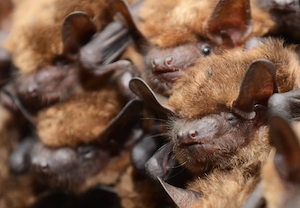
Additional Resources
- Plants that attract Georgia wildlife
- Construct Bluebird Boxes
- Screech Owls
- Share Your Home with the Migrating Chimney Swift
- Build a Gilwood Bluebird Nest Box
- Nesting Boxes for the Brown-headed Nuthatch
- Terry W. Johnson’s wildlife columns
- Landowner Programs
- Snakes of Georgia
- Joro or No? Quick Guide to Big Yard Spiders
- Invasive Argentine Black & White Tegus





